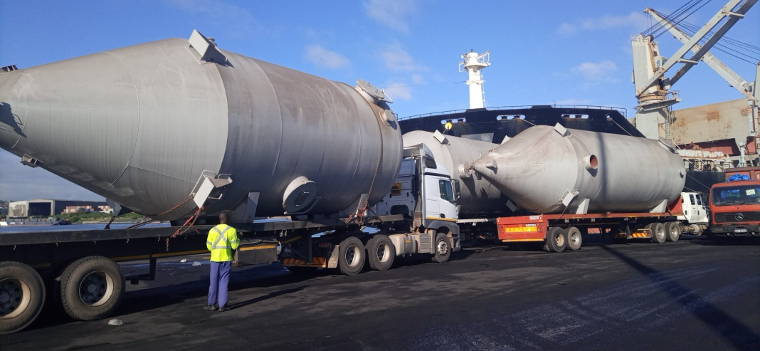By mid-year, ZESA said it had built 27km of the power Manhize power line.
Normally, ZESA would have built the installation, but the utility does not have the money to roll out such projects, especially given Dinson’s tight timelines. So, Dinson is providing a US$66 million loan to ZESA, secured through Stanbic Bank and Ecobank. The loan will be repaid through offsets on Dinson’s power bills.
In 2021, facing some initial resistance from ZESA to the prepayment deal, Dinson wrote to the government saying it would need the same arrangement for the next phase of the project. The company wrote: “On the second phase, we will have a similar power line from Selous, Chegutu District to provide additional to provide additional power in line with our production. Dinson has undertaken to pre-finance the construction of the power line in case ZESA does not have the capacity to do so.”
The company that has been contracted to run the new power lines is TBEA Co. Listed in Shangai, TBEA is one of the world’s largest builders of transformers and power networks. TBEA is one of the Chinese companies that Mnangagwa held meetings with at the 2018 Forum on China and Africa Cooperation.
Dinson Project Manager Wilson Motsi estimates that the line will get to the site by September next year, allowing the company to fire up its furnaces for the first time.
Where will they get the iron ore?
To make steel, Dinson will need iron ore. It has been granted the Mwanesi iron ore fields, which sit on a range near the plant. They are believed to be the richest iron ore reserves in the country.
This would not be the first time an international steel major takes a liking to Mwanesi.
Mwanesi once belonged to Ziscosteel, the collapsed steel plant. Zisco has reserves at Buchwa and Ripple Creek. When Essar, the Indian steel company, tried to take over Zisco, they found the resources at Buchwa “too deep” and those at Ripple Creek not up to the required grade.
Essar needed Mwanesi to build an iron ore plant with a processing capacity of 25 million tonnes of ore per year, to feed Zisco. When government refused, Essar walked away from the Zisco deal.
Dinson estimates that Mwanesi holds up to 45 billion tonnes of iron ore, with a grading 43% iron metal. The Chamber of Mines estimates most Zimbabwean iron ore at 40% grade. How big are these reserves? At the projected production rate at Manhize, it would take over 200 years to use up the iron ore at Mwanesi.
Little has been reported by Dinson or the government on the mining front of the project.
Continued next page
(203 VIEWS)


